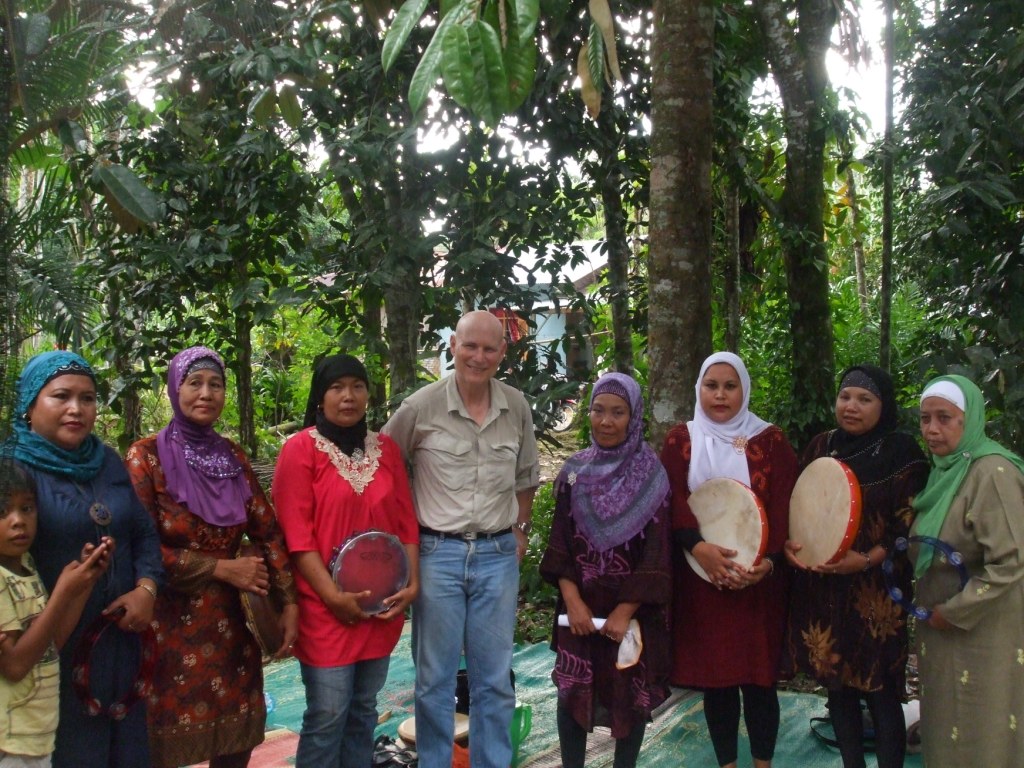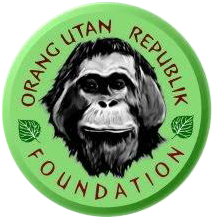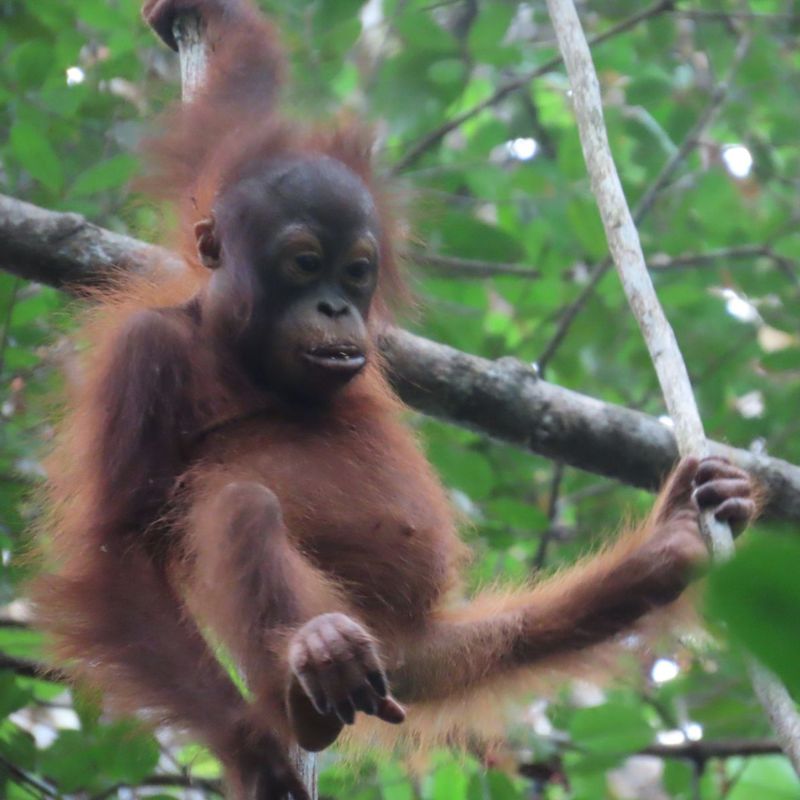In the early 2000s, when the forests of Sumatra and Borneo echoed less with the long calls of wild orangutans than with the buzz of chainsaws, it was tempting to believe that their fate had been sealed. Populations were falling. Forests were burning. The world’s attention, brief and selective, moved on.
But a few people refused to accept inevitability as destiny. One of them was Dr. Gary Shapiro, a scientist who once taught sign language to orangutans in the wild and saw in their eyes something unmistakably human: patience, awareness, and an unspoken question about our shared future. Out of that recognition grew the Orang Utan Republik Foundation (OURF) — a conviction turned into an institution.
Two decades later, that optimism has matured into measurable impact. Over 330 Orangutan Caring Scholarships have been awarded to young Indonesians — many from forest-edge communities — who have gone on to become park rangers, researchers, veterinarians, and conservation educators. Dozens of local villages have been mentored through OURF’s community education and conservation programs. And a new wave of technologically equipped students is emerging through partnerships with universities and groups like Lord of the Trees, using drones and data to map and restore degraded forestlands.
These are not abstract victories. They are living proof that when people are given the tools to care for nature, they do.
Optimism as a Method
Optimism, as OURF practices it, is neither naïve nor rhetorical. It is operational — a discipline grounded in education, partnership, and persistence.
The Orangutan Caring Scholarship program began with a simple premise: if the next generation of Indonesian conservationists could be educated and empowered, they would build the solutions their forests need. Today, the alumni network includes biologists managing orangutan rehabilitation sites, educators teaching forest ecology in rural schools, and foresters designing sustainable community-based enterprises. Each represents a long arc of investment — one that transforms aid into agency.
Similarly, OURF’s Community Conservation Mentorship Initiative (CCMI) reframes optimism as mentorship. Experienced women-led groups in Sumatra will be training smaller, emerging community teams to blend livelihood development with habitat protection. The approach multiplies capacity while anchoring conservation in dignity and shared experience.
And the ROCKET program — Rainforest Orangutan Conservation Knowledge & Education through Technology — reminds us that innovation is not confined to Silicon Valley. It can take the shape of students in Borneo learning to pilot drones, record biodiversity, and use GIS to monitor illegal encroachment. Optimism, here, is a curriculum.

Evidence from the Forest
When OURF began, orangutan conservation often focused on rescue and rehabilitation — critical work, but reactive by nature. OURF chose a different vantage point: prevention through education. Two decades later, the results are visible in the people who now lead local conservation NGOs, in villages that manage their own forest edges sustainably, and in universities that see conservation not as a foreign agenda but as a national vocation.
Forest monitoring in Kalimantan and Sumatra shows that areas adjacent to communities involved in education and scholarship outreach maintain higher canopy cover than comparable sites without such engagement. This is the quiet proof of optimism: not a headline, but a pattern — data confirming that belief, when organized, changes outcomes.
Partnerships and the Politics of Hope
No single foundation can save a species, but coalitions can shift probabilities. OURF’s collaborations with The Orangutan Project, YSHL, COP, BNF, OIC, Yayasan Palung and Indonesian universities demonstrate how long-term trust can bridge geography and bureaucracy. Each scholarship, workshop, or reforestation plot adds another thread to a network that holds.
These partnerships are also strategic. Deforestation in Indonesia today is less about subsistence and more about commodities and policy. By educating local champions who understand both forest ecology and government frameworks, OURF operates where the levers of change truly are — in the boardrooms, ministries, and classrooms shaping tomorrow’s decisions.
The Shape of Persistence
Conservation is hard. Orangutans reproduce slowly; forests recover slowly; funding cycles rarely match ecological ones. But as with the kākāpō or the mountain gorilla, recovery is cumulative — the sum of patience and evidence.
OURF’s endurance, built on scholarships rather than slogans, proves that optimism is sustainable when rooted in human capacity. When a student becomes a park officer, or when a village plants its first community nursery, the line between education and ecosystem blurs into resilience.
photo courtesy of Erin Vogel
A Future Still Climbing
The orangutan’s survival depends on our ability to keep faith with time. These apes live deliberately, moving through the canopy with measured intent, teaching their young over eight long years the art of being wild. They do not rush; they persist. OURF follows that rhythm.
Its programs are reminders that transformation does not arrive all at once — it grows, like a sapling reaching for light after the fire has passed. The foundation’s optimism is therefore not a mood but a mandate: to keep learning, mentoring, restoring, and telling stories that prove improvement is possible.
Because it is.
Every tree planted, every student trained, every mother orangutan who finds a safe nest in a recovering forest — these are not just signs of survival; they are declarations of belief. And belief, sustained by evidence, is how optimism becomes conservation’s most renewable resource.

